“20 Foods for Lasting Energy Throughout the Day” – A complete list of high-energy foods ideal for snacking or meals, including healthy fats and complex carbs
Eating the right foods is essential for energy, growth, and overall well-being. For both kids and adults, including a variety of nutrient-dense, “power” foods in daily meals can make a significant difference in maintaining energy levels, supporting immune health, and enhancing mental focus. Here are ten power-packed foods that everyone in the family can enjoy for sustained energy and health. (Dietitian)

1. Oats
Oats are a fantastic source of complex carbohydrates and fiber, which helps release energy slowly over time, keeping you fuller for longer. They’re also rich in vitamins like B1 and minerals like magnesium. A hearty bowl of oatmeal topped with fruits, nuts, or a drizzle of honey is perfect for breakfast and can keep both kids and adults energized throughout the morning. (Dietitian)
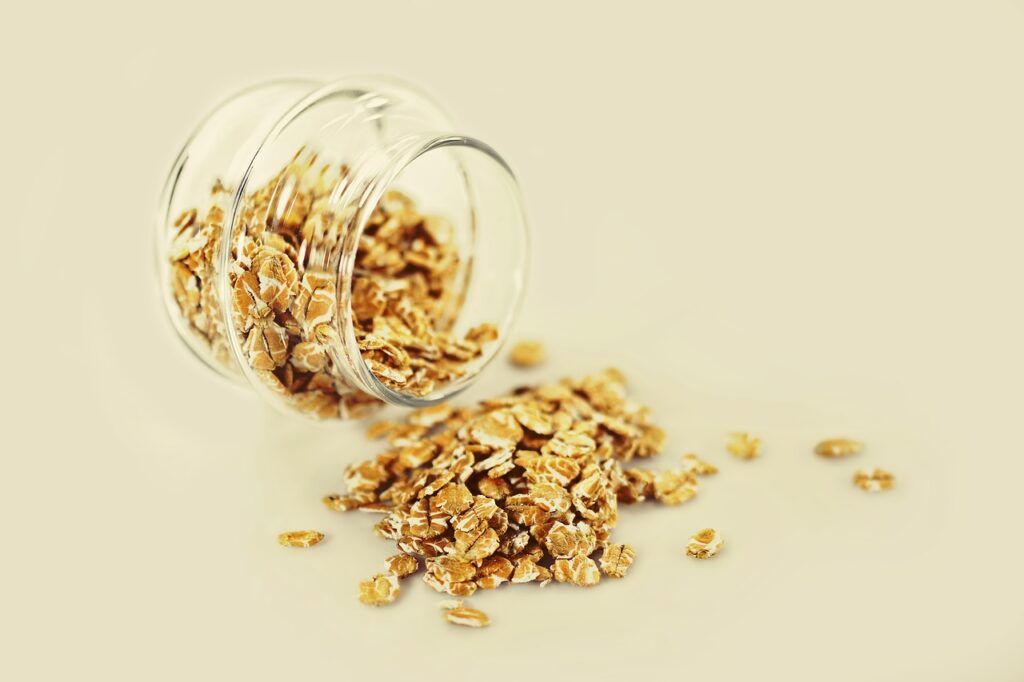
Quick Tip: Make overnight oats for a quick, grab-and-go breakfast option. (Dietitian)

2. Greek Yogurt
Greek yogurt is packed with protein, probiotics, and calcium, which are essential for muscle health and gut health. For children, calcium helps build strong bones, while probiotics support digestive health for everyone. It’s also easy to add a variety of toppings like berries, granola, and seeds to enhance the flavor and nutrient profile. (Dietitian)
Quick Tip: Use Greek yogurt as a healthier substitute for sour cream in dips and sauces. (Dietitian)
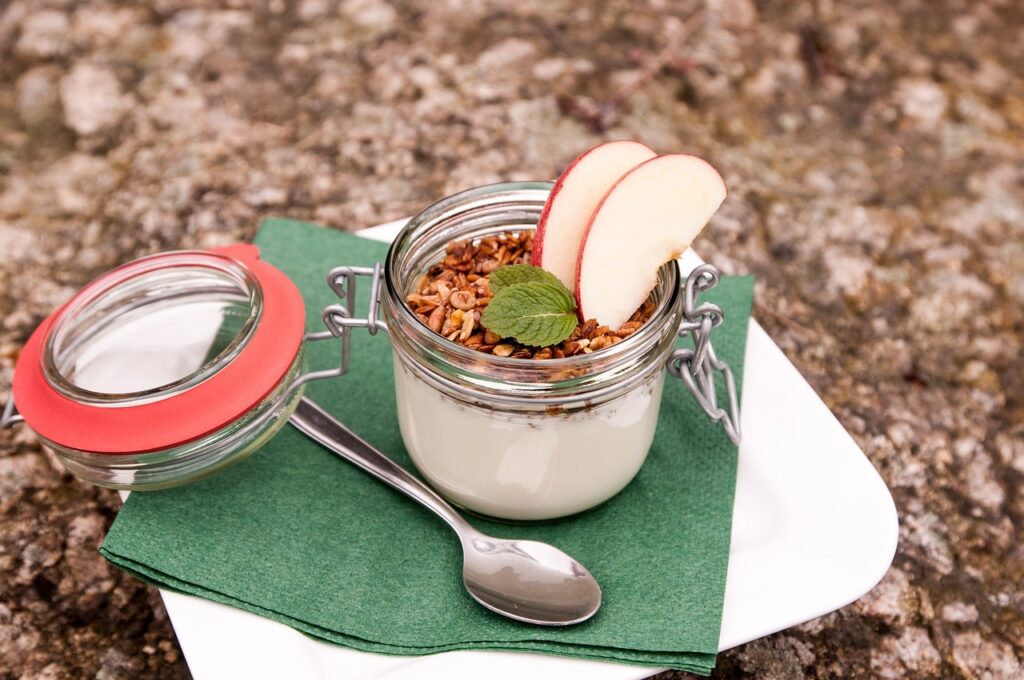

3. Eggs
Eggs are a versatile, high-protein food with essential nutrients like choline, which is critical for brain health. They provide a good balance of fat and protein, which can keep kids and adults full and focused. Eggs can be prepared in countless ways, from hard-boiled to scrambled to baked. (Dietitian)
Quick Tip: Prepare a batch of boiled eggs in advance for a quick snack or breakfast option during the week. (Dietitian)
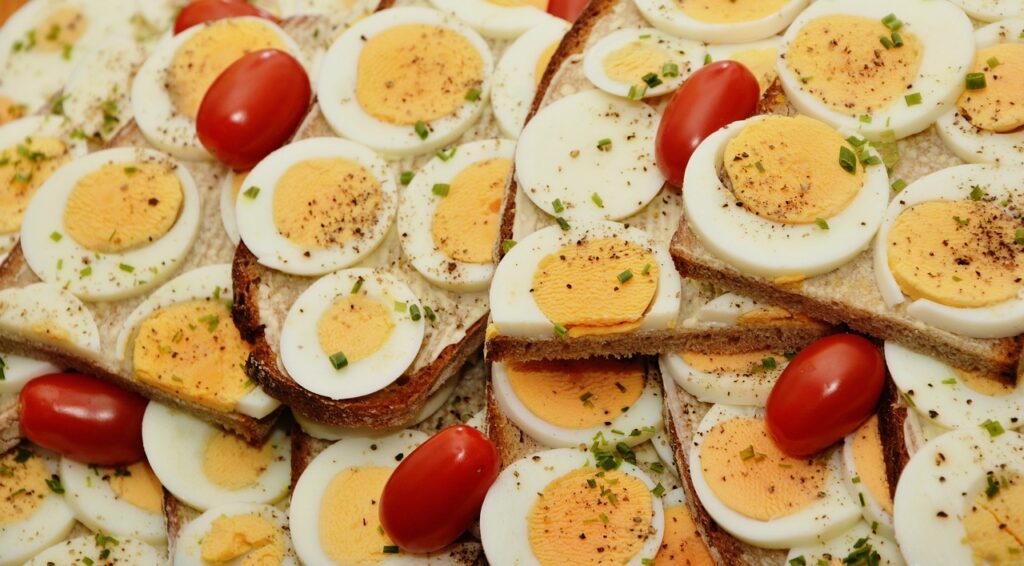

4. Sweet Potatoes
Sweet potatoes are a nutrient-dense root vegetable rich in fiber, vitamins A and C, and complex carbohydrates. They’re an excellent energy source that won’t cause blood sugar spikes, making them perfect for sustained energy. Sweet potatoes are also great for immune health, vision, and skin health. (Dietitian)
Quick Tip: Try baking sweet potato wedges for a healthy, delicious alternative to fries. (Dietitian)
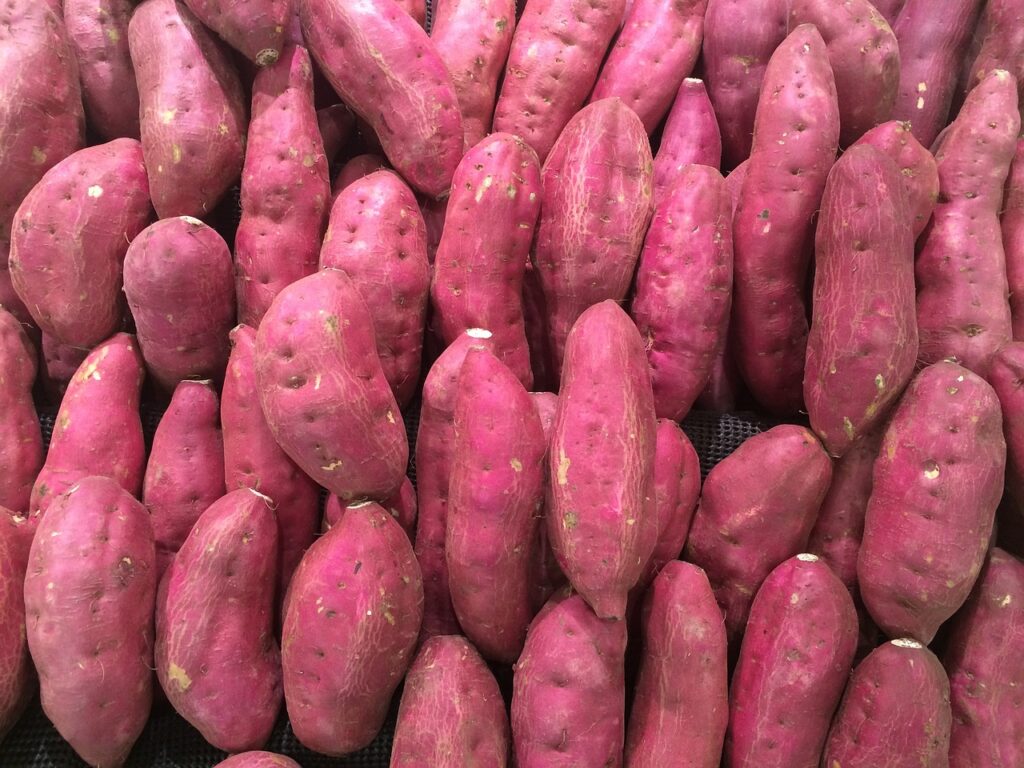

5. Berries
Berries, such as strawberries, blueberries, and raspberries, are loaded with antioxidants, fiber, and vitamins C and K. These nutrients can help combat inflammation, support immune function, and improve cognitive health, which is beneficial for both growing kids and busy adults. They’re also naturally sweet, making them an excellent snack or addition to breakfast dishes. (Dietitian)
Quick Tip: Keep frozen berries on hand to easily add to smoothies or yogurt. (Dietitian)
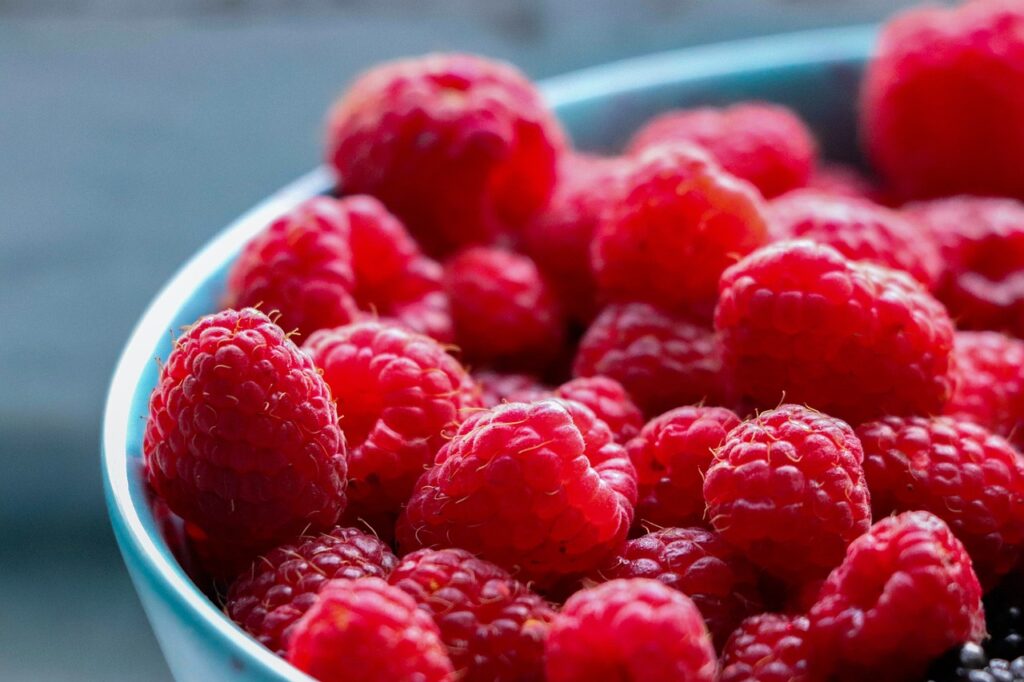

6. Nuts and Seeds
Nuts and seeds, like almonds, chia seeds, and pumpkin seeds, are high in healthy fats, protein, and fiber. They are nutrient-dense and provide a sustained energy boost, making them great snacks for kids and adults alike. Additionally, the omega-3 fatty acids in seeds like chia and flaxseed support heart and brain health. (Dietitian)
Quick Tip: Mix a small batch of nuts and seeds with dried fruit for a quick and nutritious snack mix. (Dietitian)
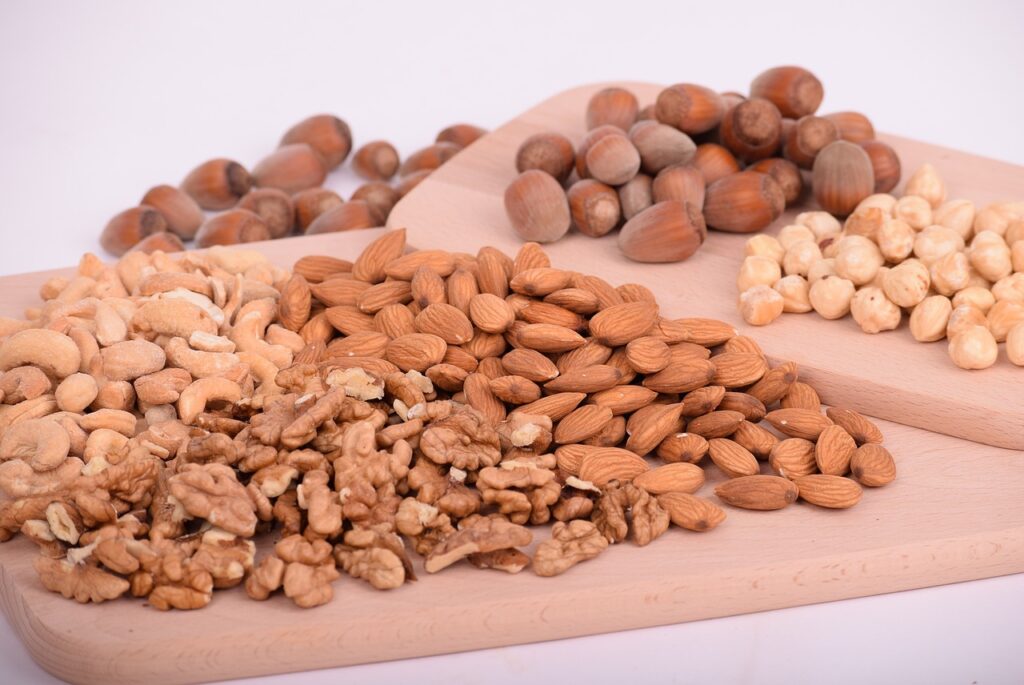

7. Leafy Greens
Leafy greens, including spinach, kale, and Swiss chard, are packed with vitamins A, C, and K, calcium, and iron. These nutrients support bone health, immune function, and energy production. Leafy greens are easy to add to salads, smoothies, or even sneak into pasta dishes and sauces. (Dietitian)
Quick Tip: Blend a handful of spinach into a fruit smoothie to boost nutrition without altering the flavor.
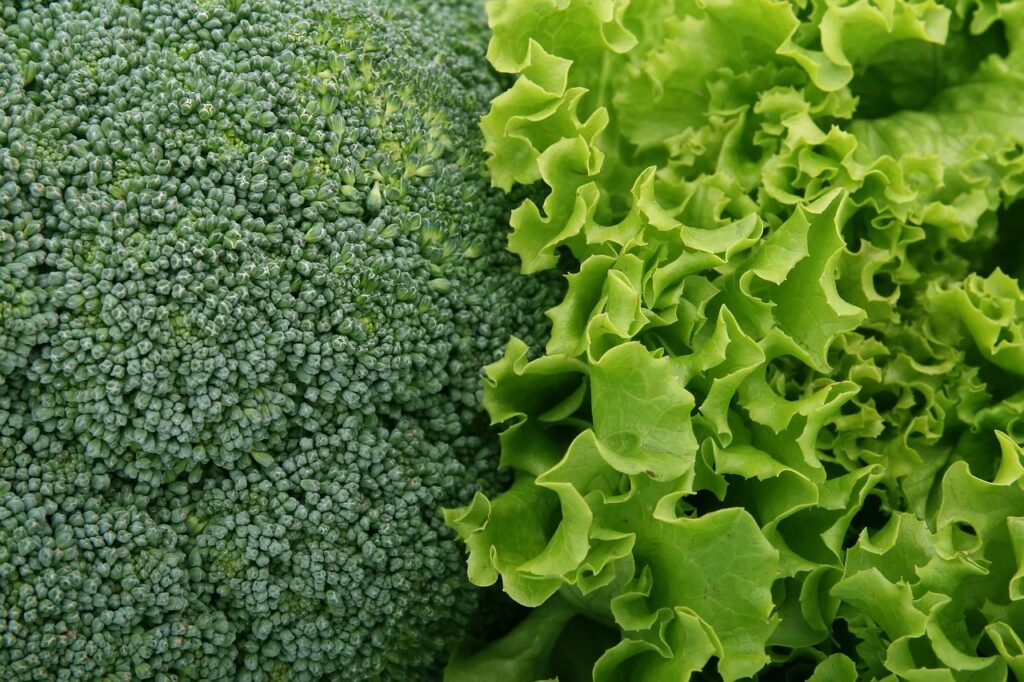

8. Quinoa
Quinoa is a complete protein source, containing all nine essential amino acids, and it’s also high in fiber and minerals like magnesium. It’s gluten-free, making it an excellent choice for those with gluten sensitivities. Quinoa’s protein and fiber content help with muscle repair and satiety, making it ideal for kids’ and adults’ meals. (Dietitian)
Quick Tip: Cook a big batch of quinoa at the start of the week to add to salads, stir-fries, or serve as a side dish.
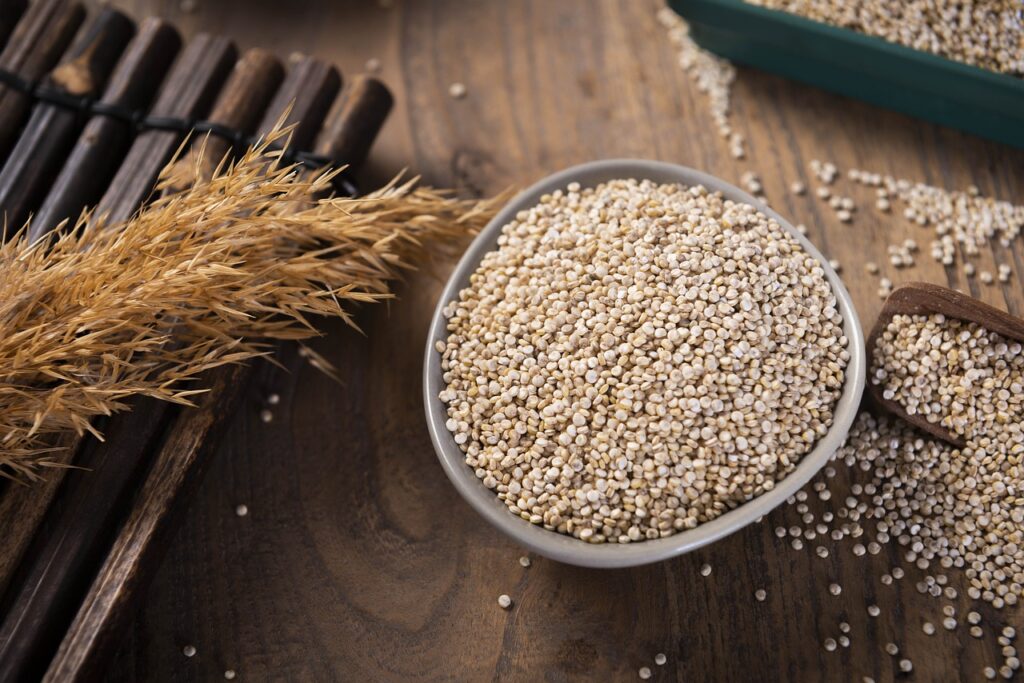
9. Apples
Apples are high in fiber and natural sugars, providing a quick and lasting energy boost. They’re also rich in antioxidants and vitamin C, which supports immune health. Apples are easy to carry and make for a convenient, healthy snack for both kids and adults. (Dietitian)
Quick Tip: Pair apple slices with peanut butter for a protein-rich, energizing snack.
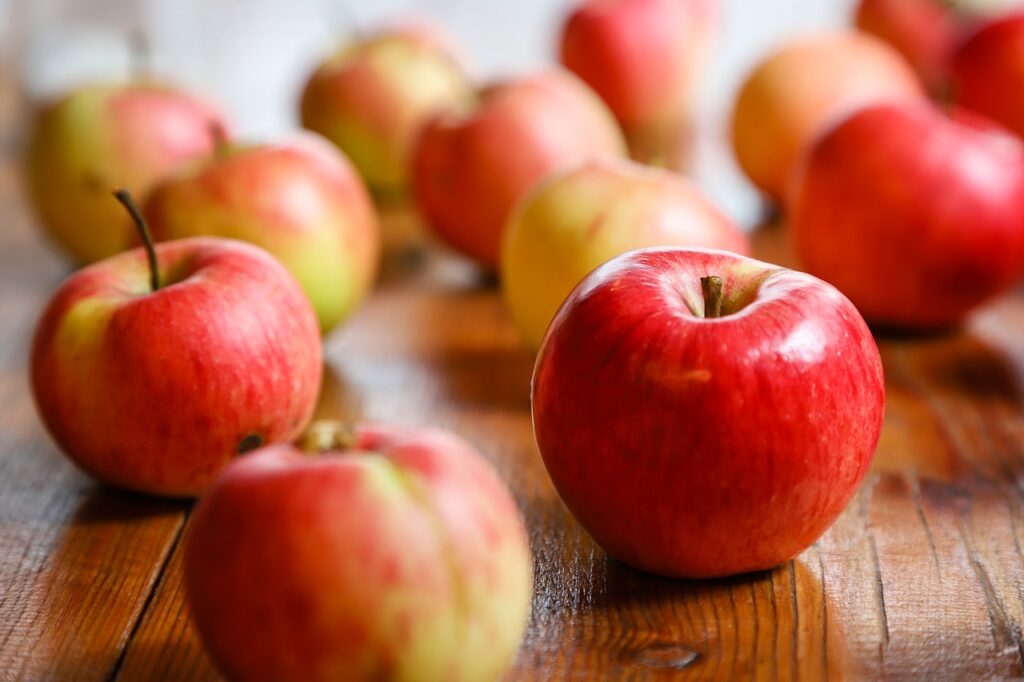
10. Salmon
Salmon is a fatty fish rich in omega-3 fatty acids, which are essential for brain health, heart health, and reducing inflammation. It’s also a great source of protein and vitamin D, which supports muscle function and bone health. Salmon is versatile and can be grilled, baked, or added to salads and pasta.
Quick Tip: Make salmon patties for a kid-friendly way to incorporate more fish into family meals.
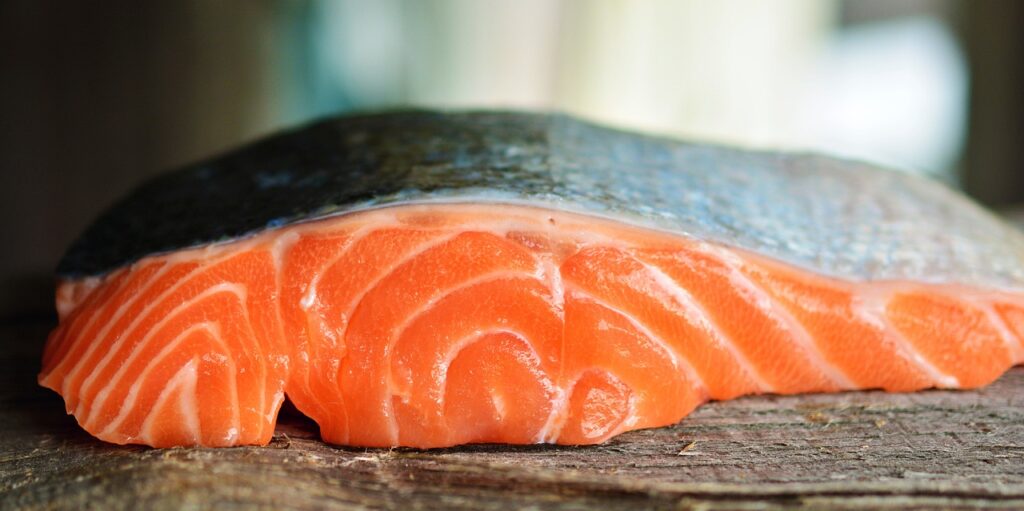
11. Bananas
Bananas are high in potassium and natural sugars, providing quick energy and supporting muscle function. They’re perfect for a pre- or post-workout snack and for keeping energy levels stable.
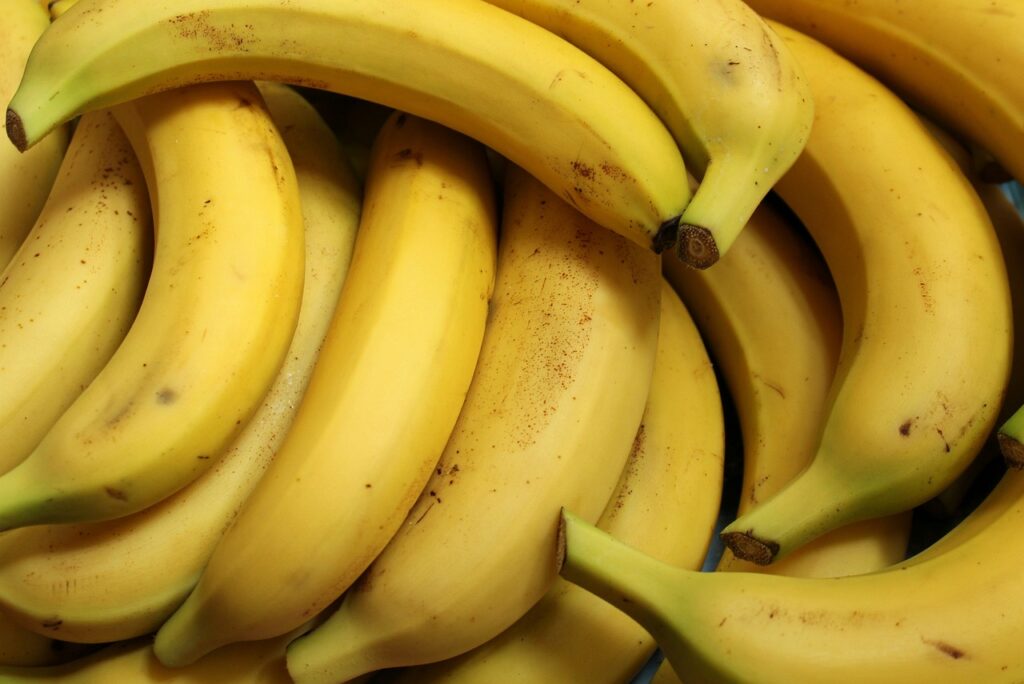
12. Carrots
Carrots are high in beta-carotene, which is converted into vitamin A, supporting eye health and immunity. Their natural sweetness makes them appealing to kids and adults alike.

13. Avocado
Avocado is a healthy fat source that also contains fiber, potassium, and B vitamins. It’s filling and provides steady energy, while also supporting heart and brain health.
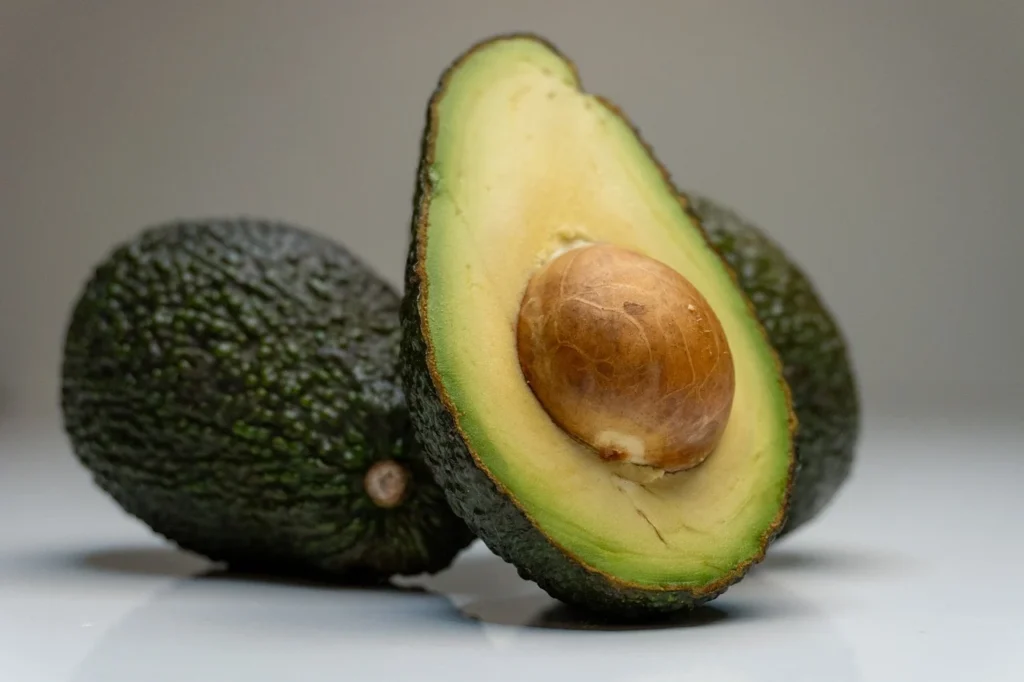
14. Oranges
Oranges are rich in vitamin C, supporting immunity and skin health. They’re hydrating and provide natural sugars for an energy boost, making them a great snack option.
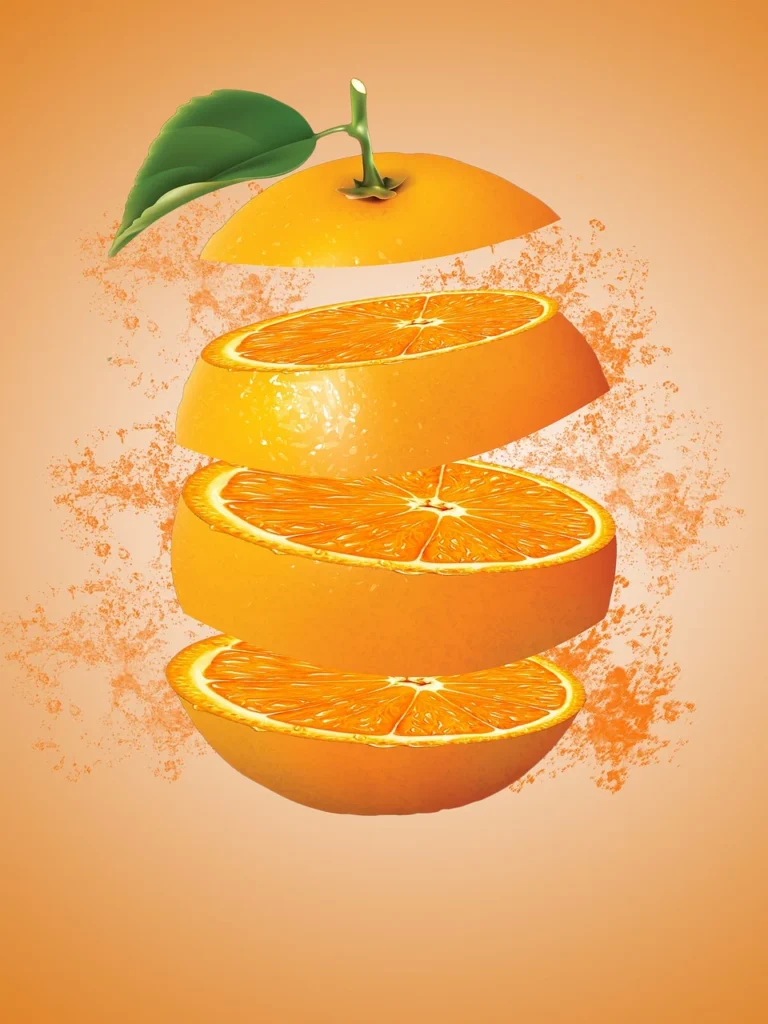
15. Brown Rice
Brown rice is a whole grain full of fiber, vitamins, and minerals like magnesium. It provides long-lasting energy, making it an excellent base for balanced meals.
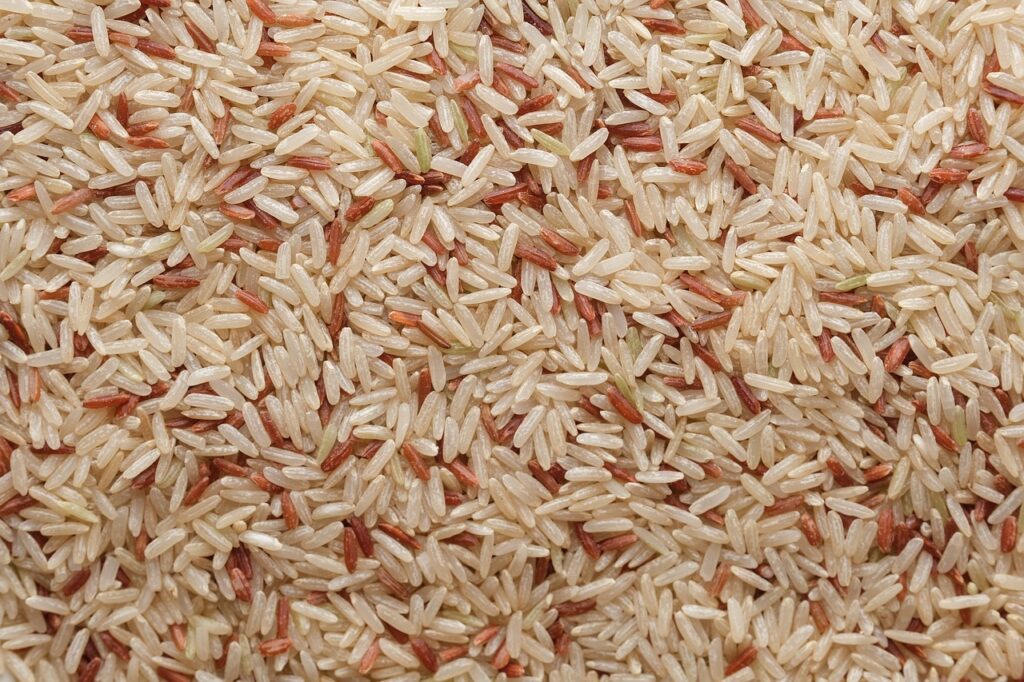
16. Beans and Lentils
Beans and lentils are plant-based proteins that also contain fiber, iron, and B vitamins. They’re great for muscle health, energy, and blood sugar stability.
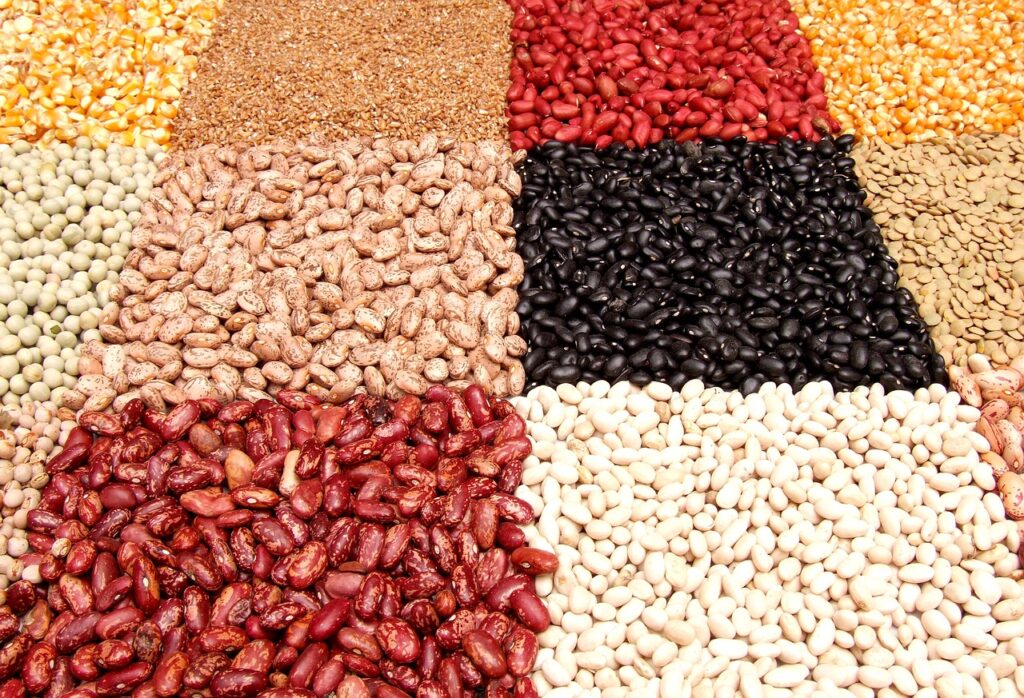
17. Cottage Cheese
Cottage cheese is high in protein and calcium, making it ideal for bone and muscle health. It’s easy to pair with fruits or veggies for a filling, nutritious snack.

18. Whole-Grain Bread
Whole-grain bread contains fiber, B vitamins, and minerals that support heart health and energy. It provides lasting energy and is a great foundation for sandwiches and snacks.
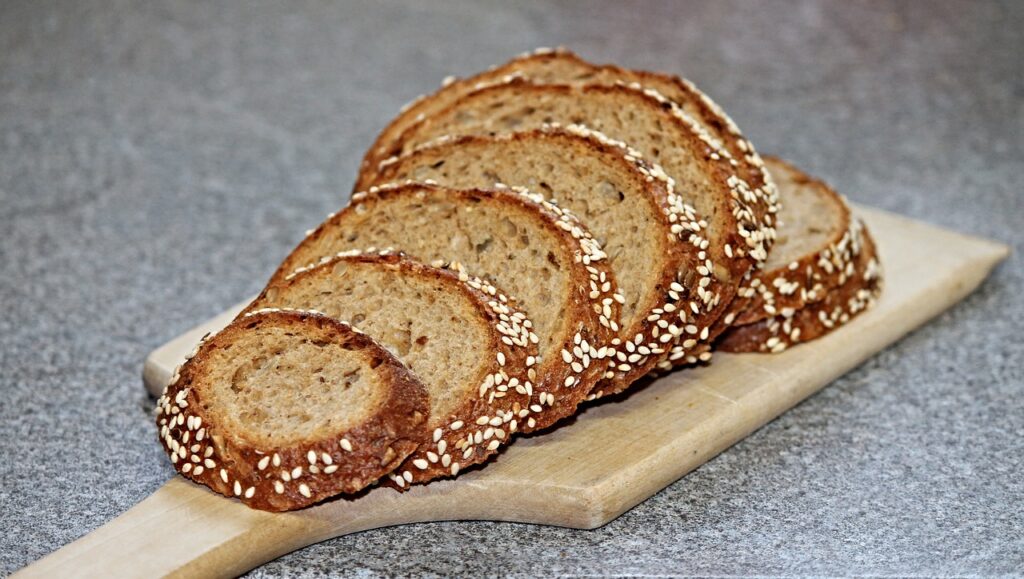
19. Pumpkin
Pumpkin is rich in fiber, beta-carotene, and antioxidants that support immunity and eye health. It’s low in calories but filling, making it a nutritious and versatile ingredient.

20. Chickpeas
Chickpeas are a great plant-based protein source rich in fiber, iron, and magnesium. They support muscle function, heart health, and are excellent for keeping energy levels steady.
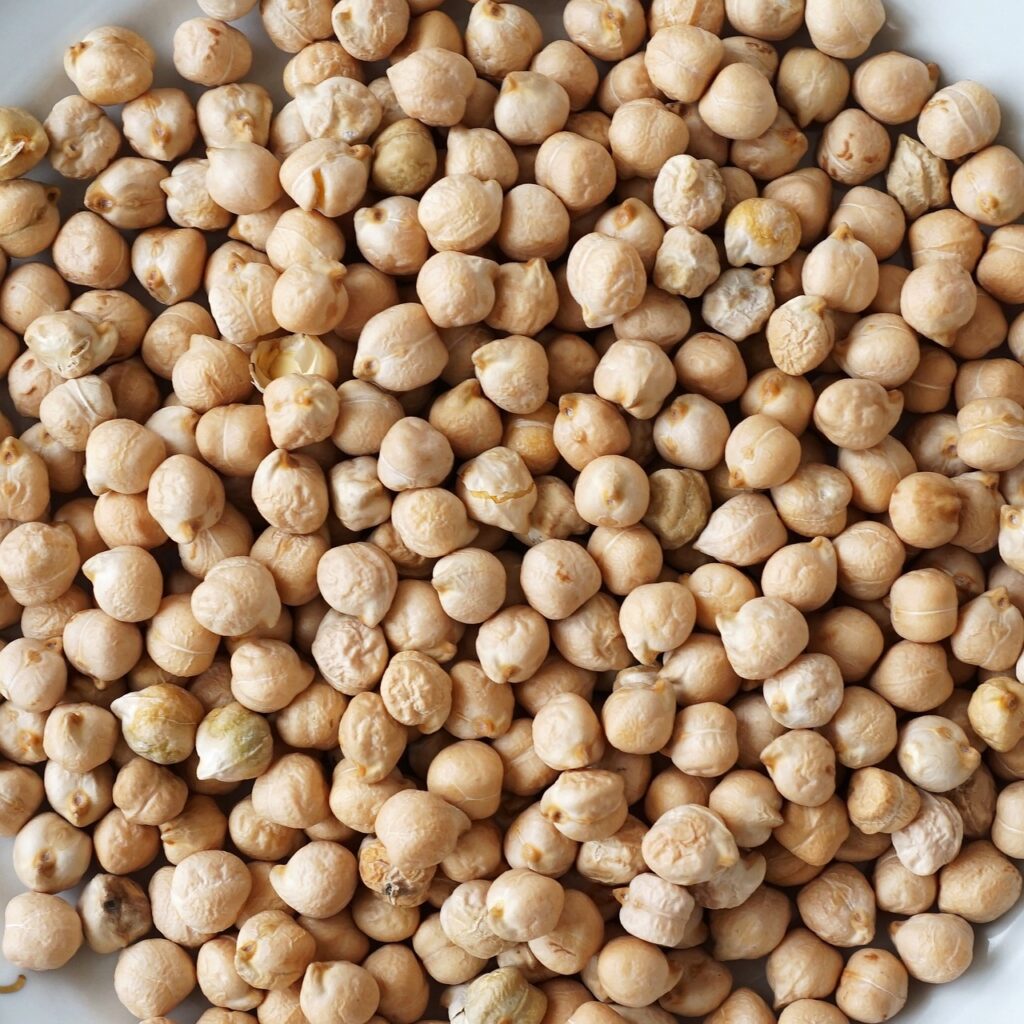
Final Thoughts
Including these ten power foods in your family’s meals can provide the essential nutrients needed for energy, growth, and health. Experiment with various recipes and ways to incorporate these ingredients into meals and snacks, ensuring that kids and adults alike get the nutrition they need to thrive. With these foods as part of a balanced diet, everyone in the family can enjoy sustained energy and better health.
Why are these foods considered “power foods”?
These foods are rich in essential nutrients like protein, fiber, healthy fats, vitamins, and minerals, which provide lasting energy, support immune health, and aid in physical and mental well-being.
How can I get kids to enjoy these healthy foods?
Try preparing these foods in fun, kid-friendly ways, like adding berries to smoothies, using sweet potatoes as fries, or topping oatmeal with colorful fruit. Presenting food creatively can encourage kids to try new options.
Are these foods suitable for adults with specific dietary needs?
Yes, many of these foods are versatile and can be adjusted for various dietary preferences. For example, Greek yogurt can be replaced with plant-based yogurt for dairy-free diets, and quinoa is naturally gluten-free.
Can these foods support weight management?
Many of these foods are high in fiber and protein, which can promote satiety and help regulate appetite. Including them in balanced meals may support healthy weight management.
How do these foods benefit children’s growth and development?
Foods like eggs, salmon, and leafy greens contain vital nutrients for growth, brain health, and immune function, making them especially beneficial for children.
Are there easy ways to incorporate these foods into daily meals?
Yes! Simple swaps like using whole-grain bread for sandwiches, adding berries to yogurt, or serving sweet potato fries as a side can easily incorporate these foods into everyday meals.
Can I prepare these foods in advance?
Many of these foods are meal-prep friendly. For instance, cook quinoa, hard-boil eggs, and prepare overnight oats at the beginning of the week for easy, grab-and-go options.
What are the benefits of incorporating healthy fats from foods like avocado and salmon?
Healthy fats from avocado and salmon provide essential fatty acids that support brain health, reduce inflammation, and promote heart health, which are beneficial for both kids and adults.
How do these foods help with maintaining energy throughout the day?
Foods like oats, bananas, and nuts provide a combination of complex carbs, protein, and fiber, which help stabilize blood sugar and provide steady energy without quick spikes and crashes.
Are there any good substitutes if my child doesn’t like some of these foods?
Absolutely! For instance, if your child doesn’t like Greek yogurt, try cottage cheese or a plant-based yogurt. If they dislike leafy greens, try blending spinach into a fruit smoothie for a less noticeable taste.
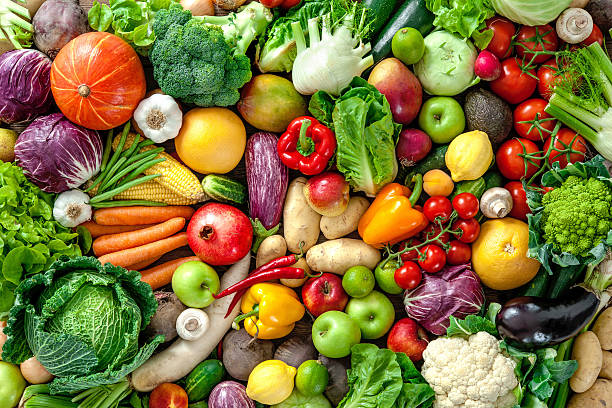


Pingback: How to Achieve Long-Term Weight Loss Without Extreme Diets 2024
Pingback: Why Vegetables Are Essential for a Balanced Lifestyle 2024
obviously like your website however you need to test the spelling on quite a few of your posts. Several of them are rife with spelling problems and I in finding it very bothersome to tell the reality however I will certainly come back again.
Hey are using WordPress for your blog platform? I’m new to the blog world but I’m trying to get started and create my own. Do you require any html coding expertise to make your own blog? Any help would be greatly appreciated!
Precisely what I was looking for, appreciate it for putting up.